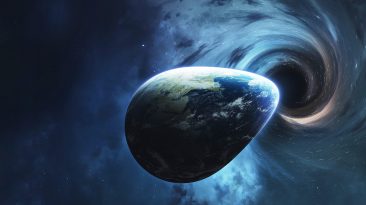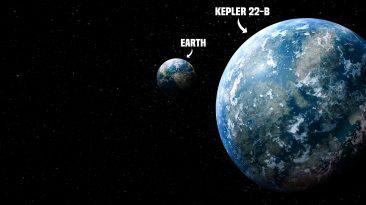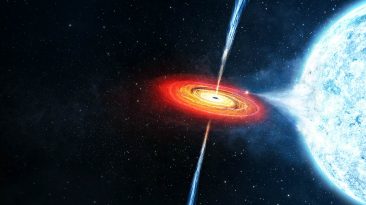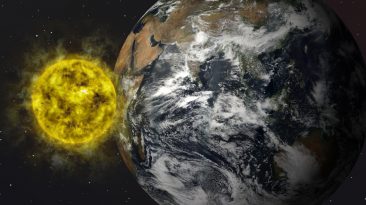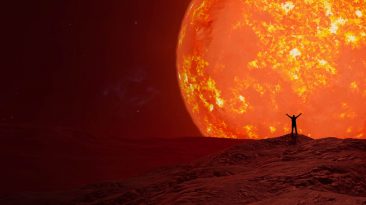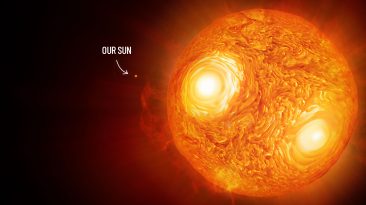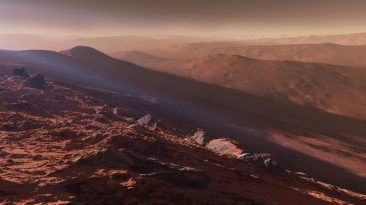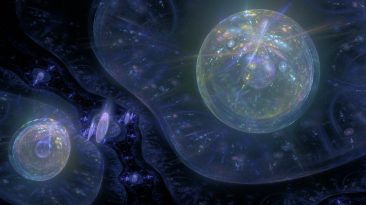When it comes to the question of which planet humanity could one day call home, the obvious choice might seem to be Mars. But surprisingly, Venus might actually be a better candidate for human colonization. Venus offers a potentially more Earth like atmosphere and stronger gravity than Mars, though Mars has a more hospitable surface and could one day be terraformed.

So, which planet is truly the best option for humans? Let’s explore five key factors to determine whether Mars or Venus holds more promise.
Getting to Know the Planets
Astrobiologists have been studying ways to send humans to Mars for more than six decades, yet no one has set foot on the red planet. According to NASA, the first human landing could happen in the 2030s.

Venus, often dubbed “the hell planet” due to its scorching surface temperatures, may seem less appealing at first glance. However, it holds surprising potential for human habitation. About 50 kilometers (30 miles) above Venus’ surface, the atmosphere becomes more Earth like, and gravity reaches 90 percent of what we experience on Earth, compared to just 38 percent on Mars.
Mars is roughly 280 million kilometers (175 million miles) away and contains evidence of water, a crucial element for sustaining life. Its smaller size, just over half that of Earth, could pose challenges for population growth. Venus is slightly larger than Earth, sits closer at about 260 million kilometers (160 million miles) away, and has thick clouds that provide natural protection from solar radiation. Humans would also find it easier to adjust to Venus’ gravity than Mars.
With these basics in mind, let’s examine five key areas to see which planet is better suited for human life.
Housing
One of the first questions to tackle when considering colonization is where people would live.
For Mars, NASA launched the 2010 “3D Printed Habitat Challenge,” inviting designers to create concepts for human habitats on the red planet. The result: innovative designs like MARSHA, a tall, slim four level structure built from basalt composite. MARSHA includes separate spaces for kitchens, sleeping quarters, and recreation, and it relies entirely on 3D printing and materials found on Mars, such as iron, nickel, and sulfur.

Living on Mars, however, would be a challenge. Its atmosphere is 96 percent carbon dioxide, requiring oxygen systems for breathing. The low gravity, about one third of Earth’s, would also change how humans move, walking could feel more like hopping or floating. Subterranean homes or igloo like structures have also been suggested, but life would likely feel confined and harsh, resembling a deep, airless cave.
Venus presents a very different scenario. Its surface is uninhabitable, with temperatures hot enough to melt lead. Instead, human habitats would need to float roughly 50 kilometers above the surface, where temperatures range from 30 to 70 degrees Celsius (86 to 160 Fahrenheit), but manageable with air conditioning. NASA’s proposed concept, HAVOC (High Altitude Venus Operational Concept), envisions floating cities in the stratosphere using airships resistant to sulfuric acid. These cities would carry all infrastructure above the planet’s surface, leaving the dangerous ground for research only. Materials like iron, nickel, titanium, and aluminum could be sourced for construction, but temperature resistant tools would be required to harvest them.
When it comes to practical, immediate living solutions, Mars currently holds the advantage due to its more developed habitat concepts and a solid foundation of research.
Growing Food
No colony can survive without food. Both Mars and Venus would demand a shift toward plant based diets, relying on fruits, vegetables, seeds, and nuts.
Mars has the benefit of water, which could be used to cultivate crops in greenhouses. The planet’s low gravity allows soil to retain water longer, but the harsh climate and lack of oxygen mean crops may need genetic modifications to survive. Non perishable foods like pasta and canned beans would supplement meals, and small amounts of preserved meat could be imported from Earth.

Venus faces a more complex challenge. While the floating cities’ temperatures are tolerable, there is no known water on the planet, and acid rain presents a threat. Humans would need to create water artificially by combining hydrogen and oxygen atoms, a process manageable in small quantities but not yet scalable for large colonies. Greenhouse farming and lab grown foods would dominate, much like Mars, but the technological demands make it slightly more complicated.
Interestingly, Venus may actually edge out Mars in this category. Its warmer, more Earth like temperatures in the upper atmosphere make food production feasible, provided we can reliably generate water.
Resources
Both planets offer valuable resources for human settlements.
Mars is rich in iron, nickel, and sulfur materials that could be used for construction, energy storage, and even developing a local economy using nickel as currency.
Venus also has iron, nickel, titanium, and aluminum, along with silicone, which is critical for solar panels. Given Venus’ proximity to the Sun, solar power could be highly efficient, providing consistent energy even through the planet’s dense cloud cover. Unlike Mars, extracting these resources requires specialized airborne systems to avoid the planet’s deadly surface temperatures. Despite these challenges, Venus holds significant potential for harnessing solar energy and constructing advanced infrastructure.

In terms of resource utilization, Venus takes the lead due to its proximity to the Sun and abundant materials for energy generation.
Long Term Habitation
Currently, NASA prioritizes Mars for human exploration. The 2030s are expected to see the first human landings, supported by decades of robotic exploration and multiple successful missions since the 1970s. Mars simulators on Earth are already testing long term human isolation to prepare for life on the red planet.
Venus remains largely theoretical. Floating city concepts like HAVOC are promising but under researched. From a practical standpoint, Mars is far more realistic for initial colonization.

Looking further into the future, both planets could potentially be terraformed to support larger populations. Mars’ smaller size and lower gravity may be easier to adapt to over generations. Venus, with its long solar days of over 100 Earth days, could offer an endless summer like environment, but its proximity to the Sun poses an existential risk if the star eventually expands, which could make survival on Venus impossible long term.
Even with future terraforming, Mars emerges as the safer and more sustainable option for humanity’s long term survival.












